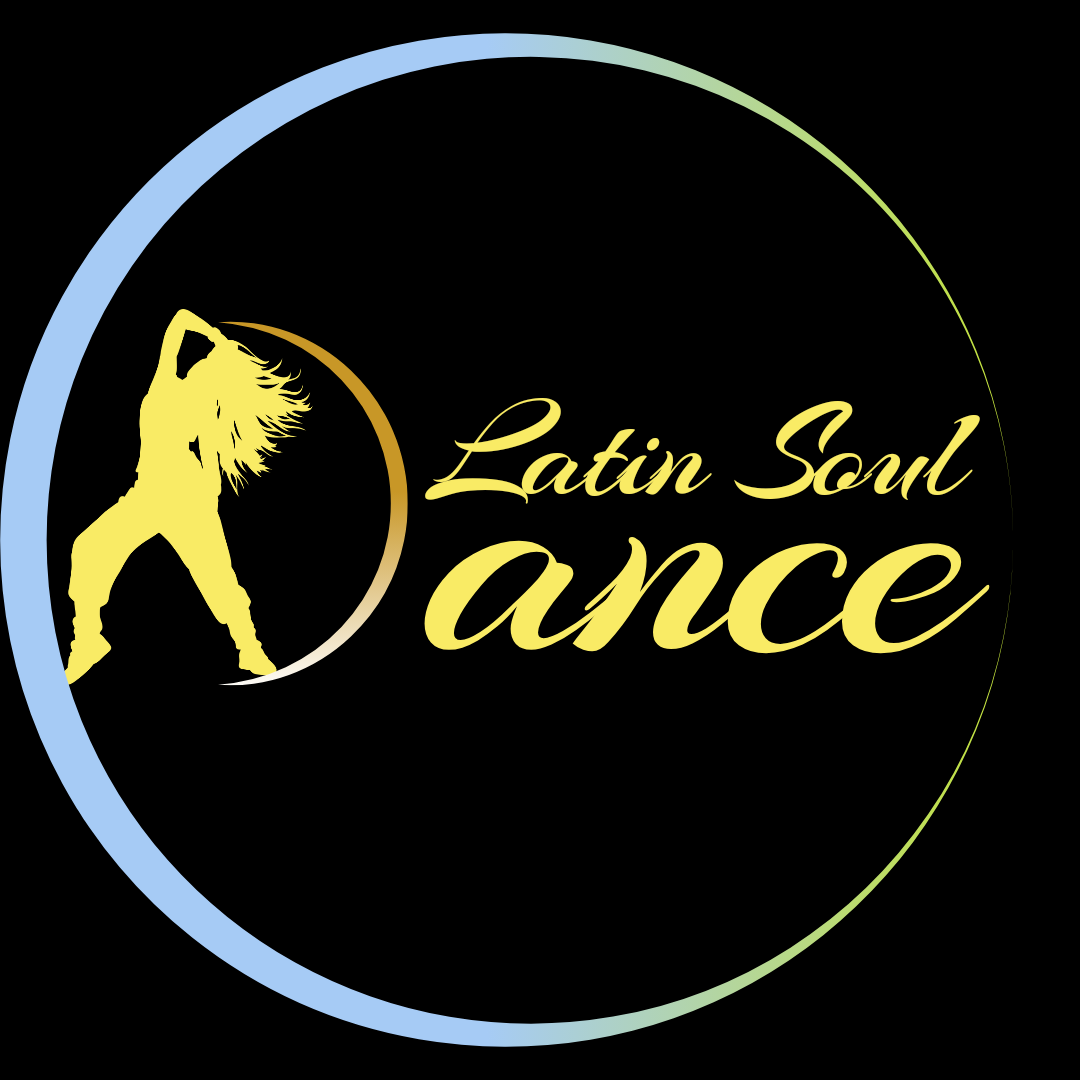The Surprising Mental Health Benefits of Dancing
- Angela Latin Soul Dance

- Oct 8
- 3 min read
Dancing is often seen as a fun activity or a way to stay physically fit. However, its benefits go far beyond just moving to the rhythm. Engaging in dance can have profound positive effects on mental health. From reducing stress to boosting self-esteem, dancing offers a holistic approach to emotional and psychological well-being. This article explores the surprising mental health benefits of dancing and provides practical tips on how to incorporate dance into your life for improved mental wellness.
Understanding the Dancing Benefits for Mental Health
Dancing combines physical movement, music, and social interaction, creating a unique experience that stimulates both the body and mind. The dancing benefits extend to various aspects of mental health, including mood regulation, cognitive function, and emotional expression.
Mood Enhancement: Dancing triggers the release of endorphins, the body's natural "feel-good" chemicals. This can lead to an immediate uplift in mood and a reduction in feelings of anxiety and depression.
Stress Reduction: Moving rhythmically to music helps lower cortisol levels, the hormone associated with stress. This physical activity acts as a natural stress reliever.
Improved Cognitive Function: Learning dance routines challenges the brain, improving memory, attention, and coordination.
Social Connection: Group dance classes or social dancing foster a sense of community and belonging, which is crucial for mental health.
By understanding these benefits, individuals can appreciate how dancing is more than just entertainment—it is a powerful tool for mental wellness.

How Dancing Boosts Emotional Well-being
Emotional well-being is about managing feelings and coping with life's challenges. Dancing offers a creative outlet for expressing emotions that might be difficult to verbalize. Here’s how dancing supports emotional health:
Expression Without Words: Dance allows people to communicate feelings through movement, which can be especially helpful for those who struggle with verbal expression.
Mindfulness and Presence: Focusing on dance steps and rhythm encourages mindfulness, helping individuals stay present and reduce rumination on negative thoughts.
Confidence Building: Mastering new dance moves or performing in front of others can boost self-confidence and self-esteem.
Joy and Playfulness: Dancing often brings a sense of fun and play, which can counteract feelings of sadness or lethargy.
Incorporating dance into your routine can be a joyful way to nurture emotional resilience and happiness.
Can Dance Help with Mental Health?
The question of whether dance can help with mental health has been the focus of numerous studies. The answer is a resounding yes. Dance therapy and recreational dancing have been shown to improve symptoms of various mental health conditions, including depression, anxiety, and PTSD.
Depression and Anxiety: Regular dancing can reduce symptoms by increasing serotonin and dopamine levels, neurotransmitters linked to mood regulation.
Post-Traumatic Stress Disorder (PTSD): Dance therapy provides a safe space for trauma survivors to reconnect with their bodies and emotions.
Cognitive Decline: For older adults, dancing can slow cognitive decline by stimulating brain areas involved in memory and coordination.
Social Isolation: Dance classes and social dancing reduce loneliness by fostering social interaction and support networks.
These findings highlight the therapeutic potential of dance as a complementary approach to traditional mental health treatments.

Practical Ways to Incorporate Dance into Your Life
If you want to experience the mental health benefits of dancing, here are some practical tips to get started:
Join a Dance Class: Look for local or online classes in styles you enjoy, such as salsa, hip-hop, or ballroom.
Dance at Home: Put on your favorite music and dance freely in your living room. No experience needed.
Attend Social Dance Events: These provide opportunities to meet new people and practice social skills.
Use Dance as a Mindfulness Practice: Focus on your movements and breathing to enhance relaxation.
Set Small Goals: Learn a new dance step each week to keep motivated and engaged.
Remember, the goal is to enjoy the process, not to become a professional dancer. Consistency is key to reaping the mental health benefits.
Embracing Dance as a Path to Mental Wellness
Dancing is a joyful, accessible, and effective way to improve mental health. Whether you are looking to reduce stress, boost your mood, or connect with others, dance offers a holistic approach to well-being. For those interested in exploring this further, consider consulting resources that encourage dancing for mental health.
By incorporating dance into your daily life, you can unlock a world of emotional and psychological benefits that enhance your overall well-being. So, put on your favorite song, move your body, and let the rhythm guide you to better mental health.




Comments